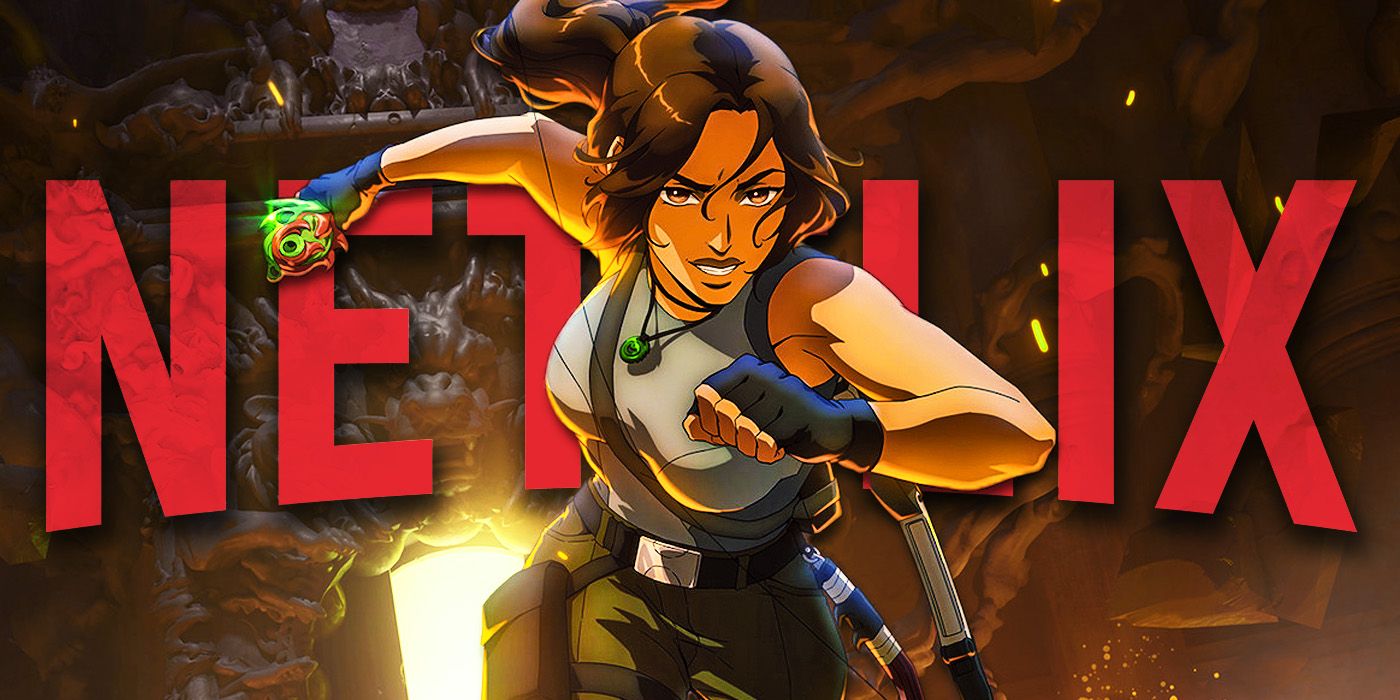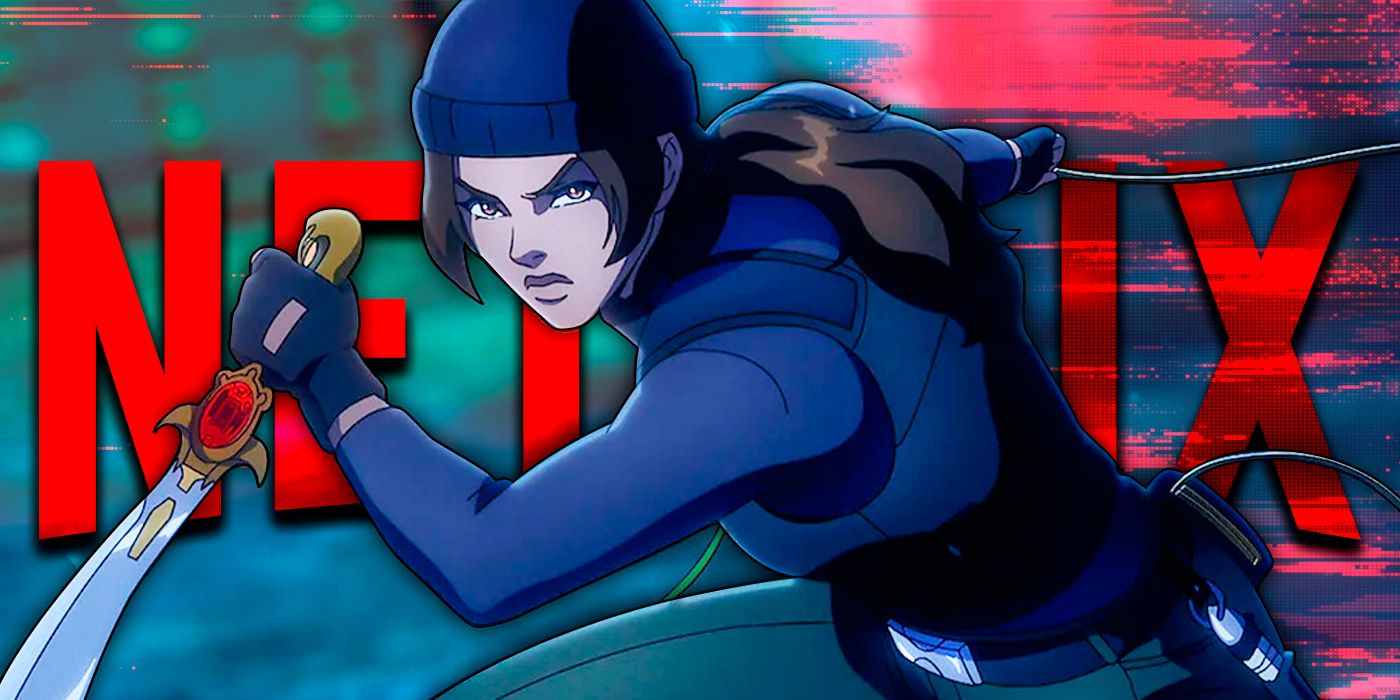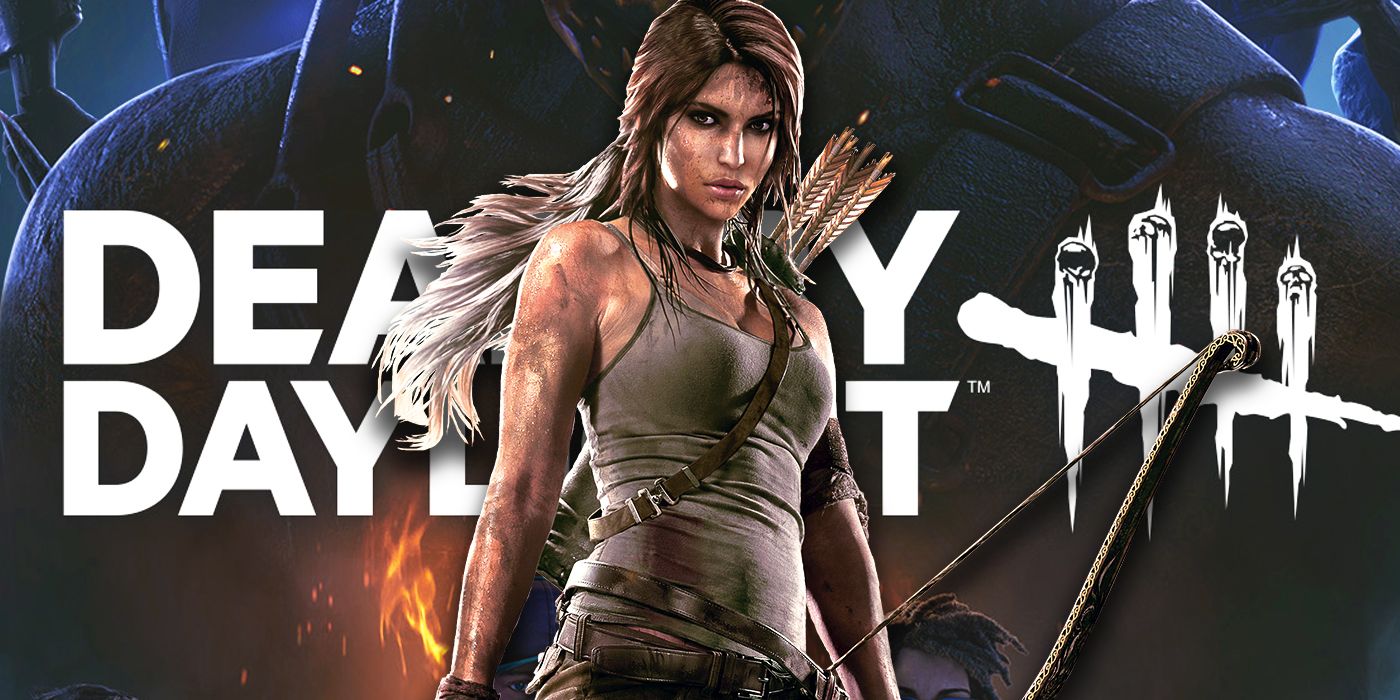Netflix Just Fixed 28 Years of Tomb Raider Mistakes (original) (raw)
In the decades after her video game debut, Lara Croft has become as recognizable and iconic as any Marvel or DC superhero. Introduced in the 1996 video game Tomb Raider, Lara stole people's hearts both for her fearlessness and status as a sex symbol. Her adventures around the world made for exciting video games and movie adaptations. However, not all of Lara's life and adventures have been explored by the games, their supplementary material or other adaptations. Now in the form of an animated series from Netflix, showrunner Tasha Huo fills in the missing gaps of Lara's life that weren't previously explored.
Tomb Raider: The Legend of Lara Croft is canon to the Survivor reboot trilogy that started in 2013, but it still pulls elements from the original timeline as well. The show begins some time after the events of the trilogy capper Shadow of the Tomb Raider, where Lara emotionally distanced herself from her friends due to her being haunted by a mentor's death from the 2013 reboot Tomb Raider. When one of her deceased father's relics is stolen by a man named Charles Devereaux, Lara is pulled into another adventure — this time to save the world from a perilous apocalypse caused by one man's grief. Devereaux holds up a mirror to Lara in a fun, edgy series with a liberal sprinkle of character work to understand who Lara is at her core, beyond the pistol-wielding tomb raider in tight little shorts.
Tomb Raider: The Legend of Lara Croft Connects the Past to the Present
The Series Expands Lara Croft's World After the Survivor Trilogy
Foreknowledge of the original Tomb Raider games isn't required for The Legend of Lara Croft. The series establishes its own identity, thus creating a visceral and fresh experience for both newcomers to Lara's story and longtime fans. It takes advantage of flashbacks plenty of times, but just the right amount so as not to become overwhelming. The exploration into Lara's past isn't a "Previously On..." recap that dumps exposition onto the viewers, nor is it just a retelling of what previous Tomb Raider stories already showed. Rather, the Netflix series is a foundation for Lara's trauma and her reasoning for why she becomes a hardened survivor who insists on working solo. For a fresh pair of eyes, Lara's recurring nightmares over her part in the fatal events on Yamatai are a good bridge to her obsession with stopping Devereaux in the Netflix show.
That said, gamers may question why this guilt only cropped up now, especially since the sequel games Rise of the Tomb Raider and Shadow of the Tomb Raider hardly acknowledged the Yamatai incident. The answer may be that Lara always needs somebody's death to enter a vulnerable position from which she can rise above her trauma to defeat a literal and emotional darkness. This is why the more dramatic Tomb Raider games and adaptations used the death of her father, Richard Croft, as their catalyst. However, Richard's death has been repurposed so many times that Lara's entire personality in the reboot games was mockingly and reductively summarized as "Daddy Issues" by frustrated fans. The Legend of Lara Croft avoided this pitfall by wisely pushing Richard's death to the back in favor of Conrad Roth's. While Lara is far past the point of needing a person's death as a motivator, revisiting Conrad's death from the 2013 game deepens their bond. It also gives the show a chance to examine Lara's friendship with Conrad's daughter, Camilla Roth.
Related
PlayStation's Most Famous Heroine Is Back in Brand-New Tomb Raider: The Legend of Lara Croft Netflix Trailer
One of the most famous video game heroines of the PlayStation era is back on Netflix in a new Tomb Raider: The Legend of Lara Croft anime trailer.
In terms of narrative and characterization, The Legend of Lara Croft is the best Lara Croft story yet, as it cracks the surface of her hardened shell to expose her psyche. Lara's friendships are a poignant staple in her life, but they're also a conflict of interest. Tomb Raider isn't just about a brave woman searching for powerful stones to stop an apocalypse; it's a story of an insecure woman learning how to ask for help, rather than voluntarily falling down a rabbit hole of trauma. Some die-hard Survivor fans might be bummed that Camilla Luddington didn't return to voice Lara in the Netflix series, but Hayley Atwell is a good stepping stone for the next phase in Lara's journey. If Luddington represented the naive youthfulness of Lara who second-guessed her actions, Atwell voices Lara with maturity, manifesting all the lessons learned from the Survivor trilogy.
Attwell's performance and interpretation of Lara also emphasizes how Netflix's Lara is not a traditional hero. At best, she's a chaotic good hero who performs selfless deeds for the greater good, but inherently values her personal freedom and achievements above all else. The Legend of Lara Croft doesn't skimp out on reminding viewers that while Lara is emotionally misunderstood, those who don't know her personally see her as a daredevil thief who doesn't think the rules apply to her. It's this duality that makes Lara soar as a complex and compelling anti-hero. There's one scene in The Legend of Lara Croft's premiere, "A Single Step," that encapsulates this perfectly. During Lara's auction for the rich to buy her father's cultural artifacts, she's first shown playing cards with the staff rather than socializing with the elite. She's unruly and sometimes doesn't recognize her own privilege, but she's also genuine and tender.
Tomb Raider: The Legend of Lara Croft's Animation Is Where Lara Croft Shines the Most
The Series' Fluid Animation Gives the Heroine Limitless Potential
While the live-action Tomb Raiders — like the Angelina Jolie-starring duology — are fun gems, The Legend of Lara Croft show why Lara is at her best when she's animated. Inspired by anime, Netflix's series is a slick illustration of Lara's abilities. Compared to how she looks in live-action, an animated Lara isn't limited in how she moves and the feats she performs. In animated form, Lara can jump across rooftops, swing around her enemies with just a rope and a grappling hook, and make a bike chase look cooler than expected in short order.
Sure, her spider-like moves may not be entirely realistic. But neither are the magical creatures that Lara is forced to defeat with an ice axe and a dream. At worst, there are some fights that feel more like gameplay than anime-styled brawls. These sequences sacrifice grit and tension for a smooth and seamless spectacle. Such moments really feel more like a Tomb Raider playthrough on YouTube than an animated world in which viewers can lose themselves in. However, the fluid animation and their striking style at least make these uncanny fights cool to watch.
Related
Tomb Raider Showrunner Teases Which Lara Croft Mysteries Will Be Solved by the Prequel
Tasha Huo teases how Tomb Raider: The Legend of Lara Croft will connect Lara's timelines, including the network of people she meets while traveling.
Animation also gave the animators the freedom to design Lara however they wanted, and they did her immense justice in The Legend of Lara Croft. In the early days of her popularity, Lara's design was incredibly idealized and unrealistic. For better and worse, she was designed to appeal to the Male Gaze, not be an accurate reflection of actual women. Everyone knows the "classic" Lara Croft look: busty proportions to emphasize her large breast size, a tiny waist and no muscle mass that reflects the fact that she's an active and agile explorer.
The Survivor trilogy improved Lara's appearance by making her body proportionally accurate to represent her as both a realistic woman and an outdoor adventurer.Netflix's design is more closely aligned to that in Shadow of the Tomb Raider. This Lara is muscular, fit and has messy hair. That said, Lara also expresses her feminity in dresses and shorts, adding a layer of depth to her character outside her adventures. Netflix's Lara strikes the perfect balance between Lara's classic and modern looks, which is fitting since The Legend of Lara Croft is a bridge between Lara's past and present.
Tomb Raider: The Legend of Lara Croft's Familiar Conflict Doesn't Spoil the Fun
The Series Makes Up for its Lacking Originality with Sheer Entertainment Value
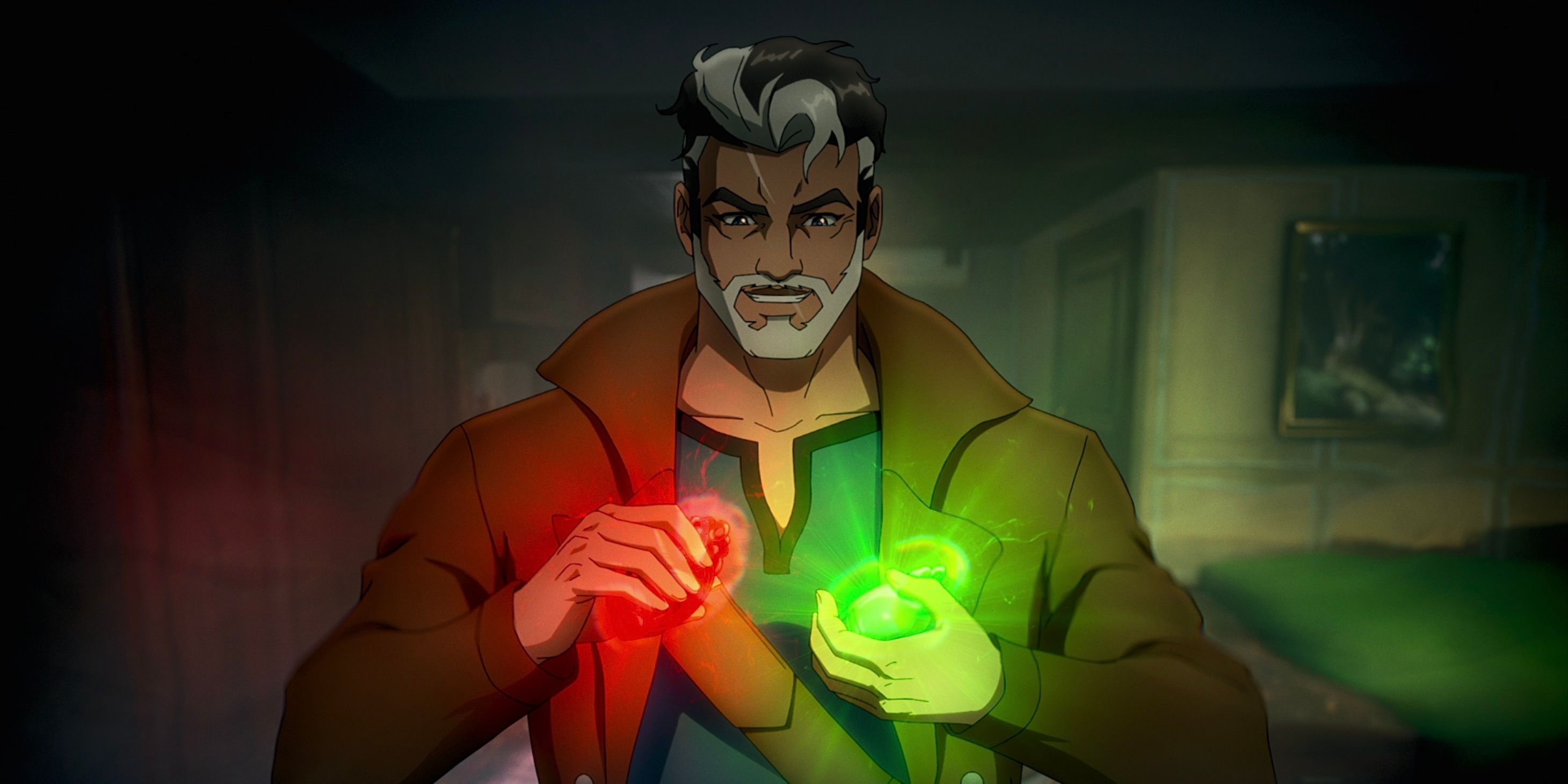
The Legend of Lara Croft is a beautiful love letter to Lara as a person, not Lara as the Tomb Raider games' famous hero or a gaming icon. Viewers who want to get invested in a compelling and even tragic hero's adventures need look no further. But if there's one thing that may turn them off, it's the series' actual conflict. Over several episodes, Lara discovers four Chinese relics known as the "Peril Stones," all each a different color and representing an evil trait in humanity. When used together, they grant the user unstoppable power that could destroy the world.
If this sounds familiar, it's because the plot is highly similar to both Avengers: Infinity War and Avengers: Endgame, which are two of the biggest and most-referenced films of all time. Relics of ancient cosmic power that bring out the worst in people aren't exactly new in genre storytelling, thus making Lara's mission to recover the Peril Stones before a villain uses them to end the world easily predictable.But where The Legend of Lara Croft fails to innovate its derivative conflict, it more than makes up for it in its use of the Peril Stones to unlock the parallels between the heroic Lara and the villainous Devereaux.
Related
Dead by Daylight x Tomb Raider: Why Lara Croft Deserves To Stand Alongside Horror Icons
Some Dead by Daylight fans are wondering why Lara Croft is joining the game, but the Tomb Raider hero is more of a horror icon than they realize.
It's also worth noting that the otherwise archetypical supporting characters give The Legend of Lara Croft its heart. While they may play familiar roles in an adventure story like this, they compensate for this flaw with their likable personalities and by commentating on Lara's stubbornness. Zip (voiced by Allen Maldonado) is the comedic relief who sits on the sidelines, watching the events unfold like a witty sports commentator and acting as the audience's eyes. Earl Baylon returns to voice Jonah Maiava, who was the best addition to Lara's lore in the Survivor trilogy. Jonah is the voice of reason, the heart of gold, and the rock in Lara's life. He offsets Lara's negative qualities by being a universally loved character who motivates her to be a better person. So often, supporting characters in video games don't have the time to be substantially developed, but The Legend of Lara Croft treats both Zip and Jonah with just as much importance as Lara.
In a time when reboots and franchises are the entertainment industry's current obsession, the recycling of a well-used character risks making them dull. This is especially true for needless prequels and origin stories, which explain too much and reduce their heroes' lives to a checklist of trivia and references. But similar to how Terminator Zero brilliantly took its franchise's familiar themes and archetypes to new, unexplored territory, The Legend of Lara Croft zeroes in on an untapped sector of Lara's life. This isn't the brave and bold anti-heroine from the '90s games, nor is she the fragile young woman from the Survivor trilogy. Netflix's Lara is somewhere in the middle. She's still working on overcoming her demons, while also transitioning from being the Survivor trilogy's novice explorer into the veteran adventurer/thief she'll later be known as. The Netflix series is a fabulous artifact to add to Lara's collection, and one can only hope that the season finale's cliffhanger will spawn a second season to continue breathing new life into her world.
Tomb Raider: The Legend of Lara Croft is now streaming on Netflix.
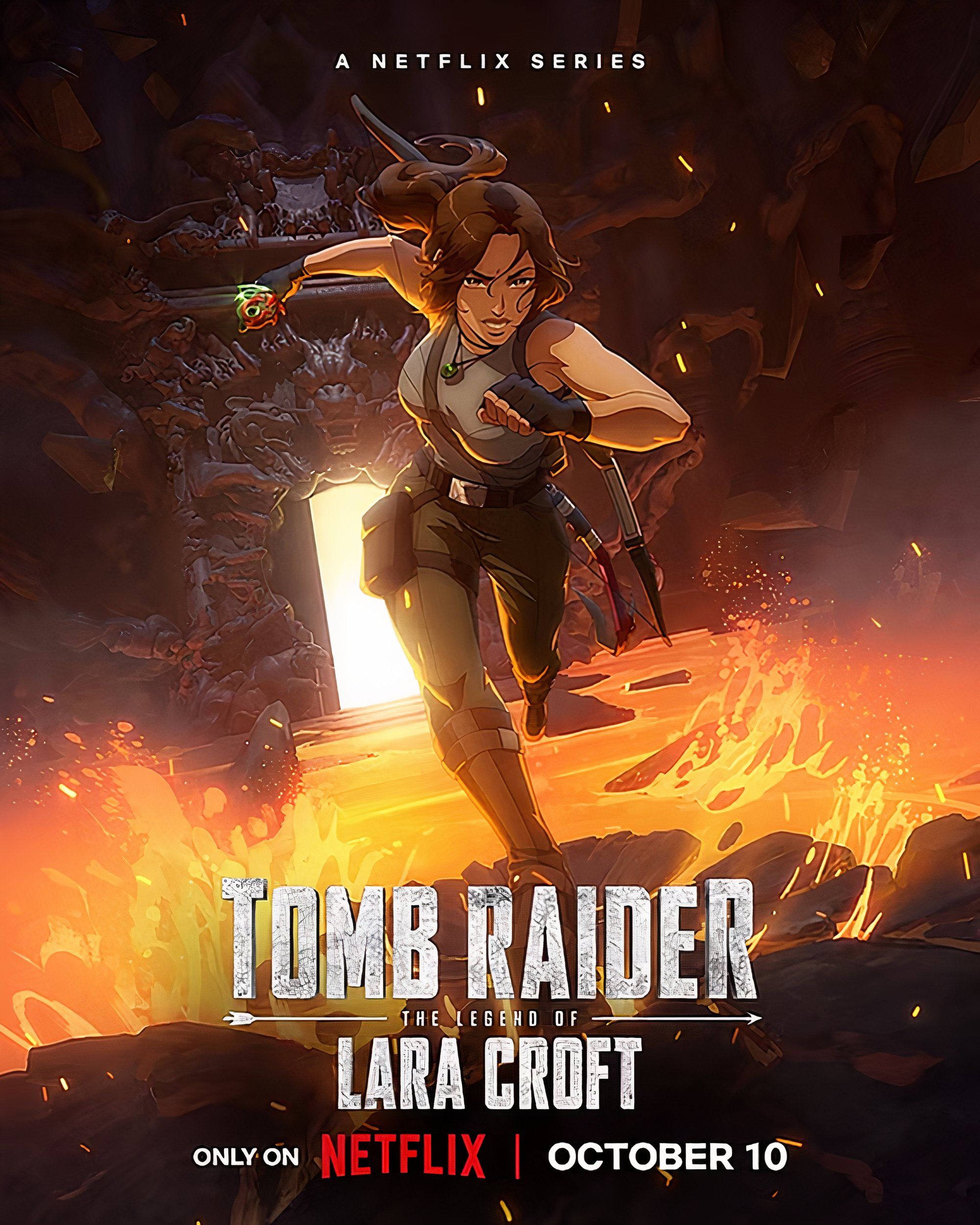
Fearless adventurer Lara Croft confronts her traumatic past while unraveling an ancient mystery.
Pros & Cons
A new emotional look inside Lara Croft's mind.
The animation style creates a realistic design for Lara and imaginative fight sequences.
The series invests in the development of the supporting characters.
The series is a good entry point that connects two different time periods of Lara's life.
The central conflict is too familiar and similar to well-known blockbusters.
